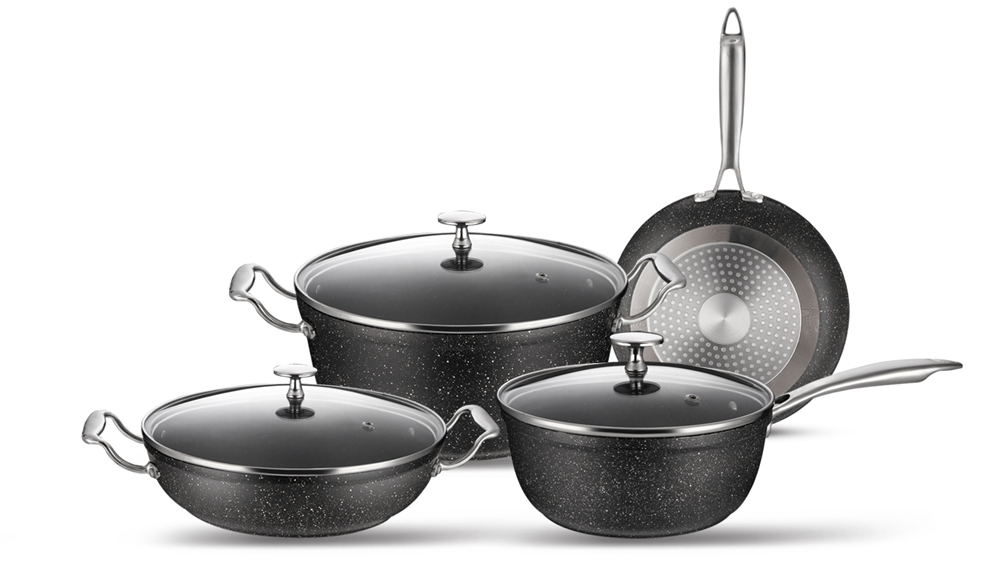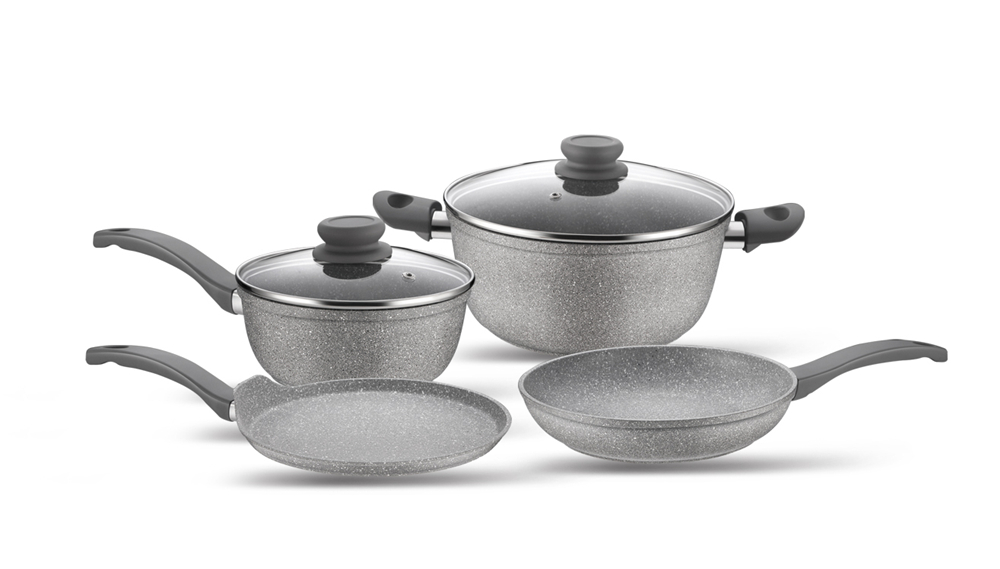1. Features of trademark printing
(1) The number of sheets is not fixed
The diversity of trademarks determines the difficulty of fixing the size of printed paper. This requires the production schedule to arrange the same number of open jobs as much as possible when arranging print jobs. Otherwise, the printing operator must constantly adjust and change the rules, which is time-consuming and labor-consuming.
(2) The paper type and thickness are not the same
Due to the wide variety of trademarks, the type and thickness of printing paper are not the same, which brings a great deal of trouble to printing operators. First, the thickness of the paper is different, and it is necessary to constantly adjust the pressure. Second, there are many kinds of paper and the failure rate is high. For example, the paper is caused by static electricity, paper feeding difficulties, paper deformation caused by overprinting is not allowed, the uneven surface of the paper caused by the pattern of flowers, proofing paper and printing paper caused by different print color inconsistencies.
(3) High demand for color
The spot color is often used in trademark printing. Spot color printing requires high accuracy and consistency of color. If the color of a trademark is inaccurate or varies in depth, it will be rejected by customers and scrapped. Therefore, the printing operator is required to master the ink mixing technology and understand the color matching relationship. Spot color printing ink should be sufficient, hue should be accurate, and there should be no defects in the real part, and the printed products cannot be adhered.
(4) Prepress, printing, and postpress rules must be consistent
Trademark printing often requires post-press processing, such as hot stamping of anodized aluminum, embossing, and die-cutting indentations. Therefore, when printing, it is necessary to ensure that the rules of the same batch of pre-press, pre-print, and post-print are the same. Otherwise, it may be impossible to continue production due to inaccurate rules. Do not mix prints of different specifications together. Otherwise, post-press processing will result in quality accidents.
IV. Post-press processing of trademarks
The post-press processing of trademarks mainly includes processes such as coating, stamping, electro-aluminization, embossing, and die-cutting. The following is a brief description of the main process features of these post-printing processes.
1. Polishing
Trademark glazing mainly has three functions: First, to protect the ink layer from damage, to prevent the occurrence of deinking and scratches; Second, to enhance the vividness of the ink, so that the trademark product is more beautiful and beautiful, thereby enhancing product quality; Third, prevent The printed pattern of the brand is discolored due to ultraviolet radiation, and the display time of the product in the window is extended.
There are a variety of coating methods, such as on-line coating, off-line coating; UV coating, water-based coating, etc. Regardless of the glazing method used, it must be ensured that the coating is uniform and cannot be too thick to form a gel track, so as not to affect the glazing effect and even produce defective products and waste products.
2. Hot stamping anodized aluminum
Hot stamping of electro-aluminum is a relatively common procedure in trademark post-press processing. The general requirement for hot stamping of aluminum is not to paste, squeak, or spend, and attention must be paid to vitrification when color blocks with large printing areas are used, otherwise the quality of hot stamping will be affected.
It is worth noting that the hot stamping temperature is a key factor in determining the quality of hot stamping. Therefore, it is necessary to control and grasp the stamping temperature when stamping anodized aluminum.
3 convex
The following two points should be noted in the process of embossing a trademark.
(1) Carved engraving quality. A good engraving should pay attention to the sense of hierarchy and three-dimensionality, and the subtle levels and lines must be clear.
(2) When embossing, care must be taken to fully reflect all the lines on the original engraving plate. The high-quality embossing should adopt the hot pressing method. The advantage is that the embossed embossing does not deform, has a layered feeling and a three-dimensional feeling.
4. Die cutting
The quality of die-cutting is the key to influencing the quality of branding. Die-cutting quality requirements include: sharp cutting knife, smooth knife edge, and ensure that the trademark product is beautifully formed.
Source: Ke Yin Media - "Printing Technology"

